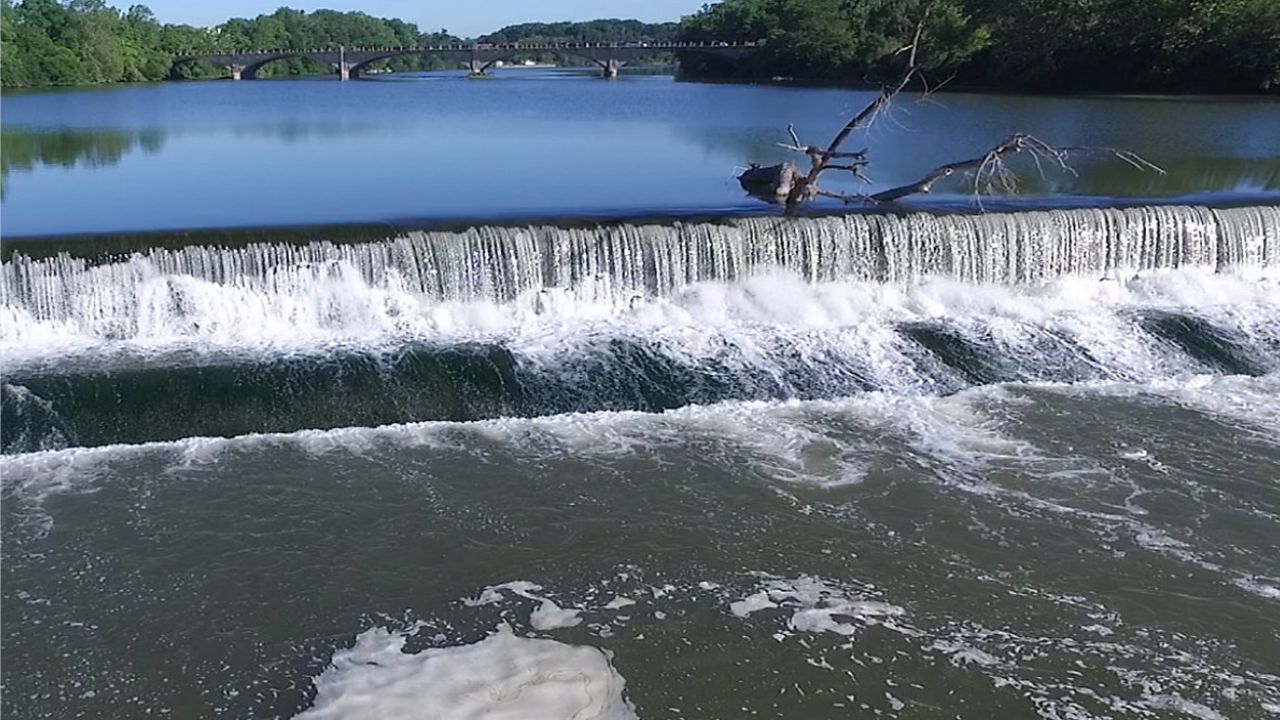April is Low-Head Dam Public Safety Awareness Month. If you plan to enjoy water activities this year, you should familiarize yourself with this potential aquatic danger.
Low-head dams are built into a river or stream extending across its width. They allow water to flow over the top of the dam with usually a subtle drop-off downstream, ranging from 1 to 15 feet.
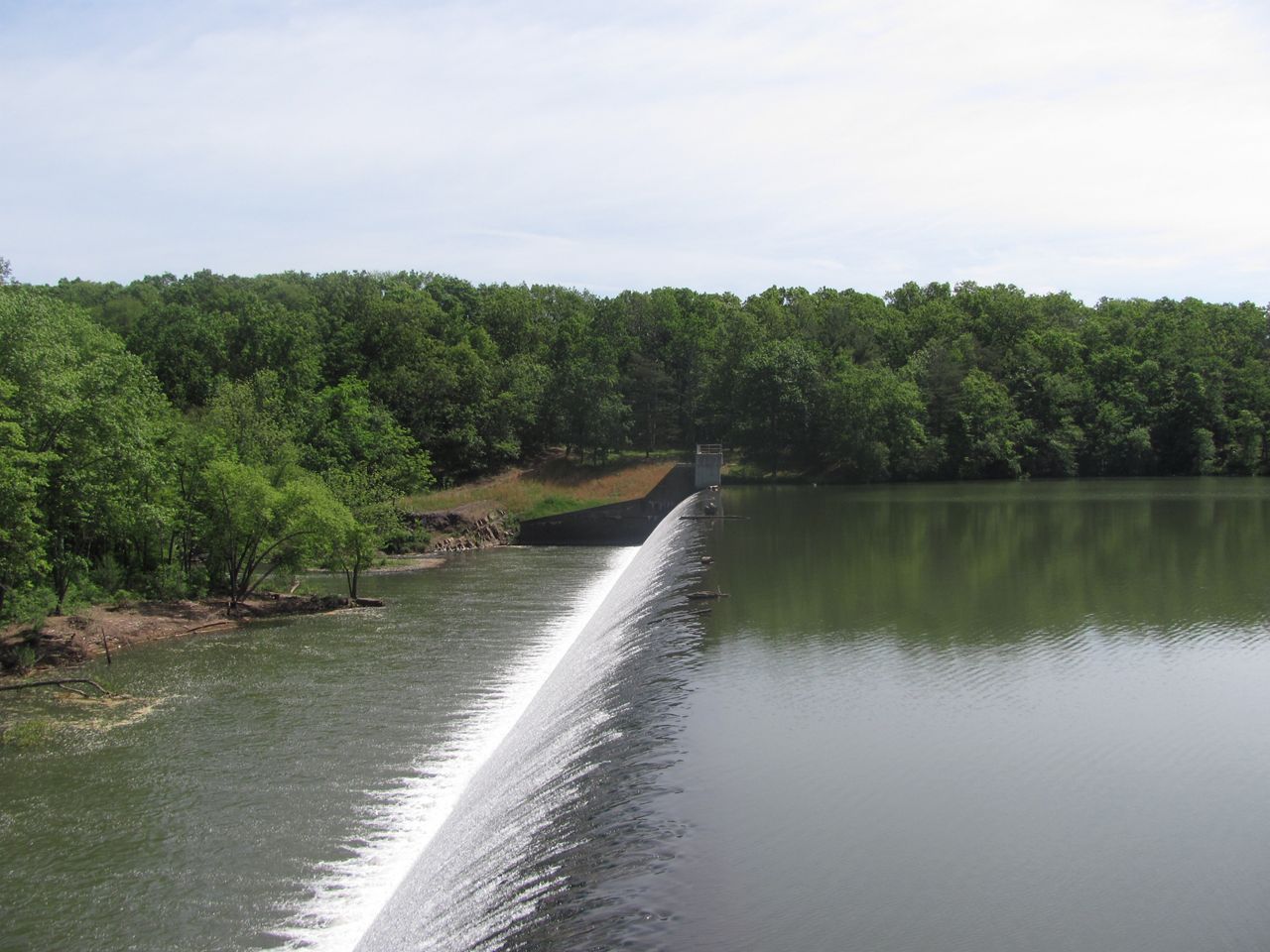
Under the water’s surface at the drop-off, there’s a strong recirculating current called a boil. It traps anything (or anyone) underwater that comes across it. Hence, acquiring the nickname The Drowning Machine.
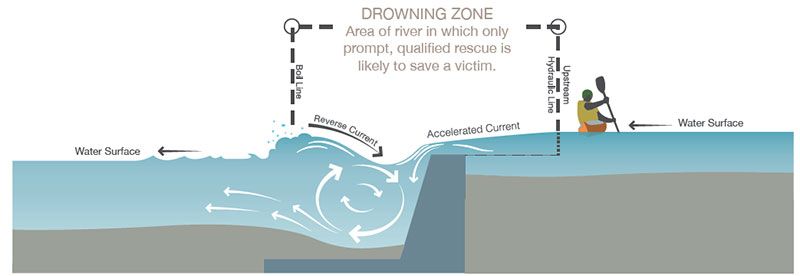
Sadly, more than 100 fatalities from low-head dam incidents have occurred since 2018, based on a recent report from the American Society of Civil Engineers. According to damsafety.org, 91% of U.S. dam-related deaths happen between April and August each year.

Low-head dams are dangerous because they look harmless or even tranquil to an unknowing river goer. Plus, they’re hard to notice if you’re upstream.

So, swimmers, boaters, and fishermen need to understand the dangers of low-head dams and how to stay safe.
Before planning a water trip, research to learn about any dams or hazards along the waters you plan to enjoy.
Communicate your plans with friends and family, and always wear a lifejacket when spending time in or around water. Take heed to any signs in the area.
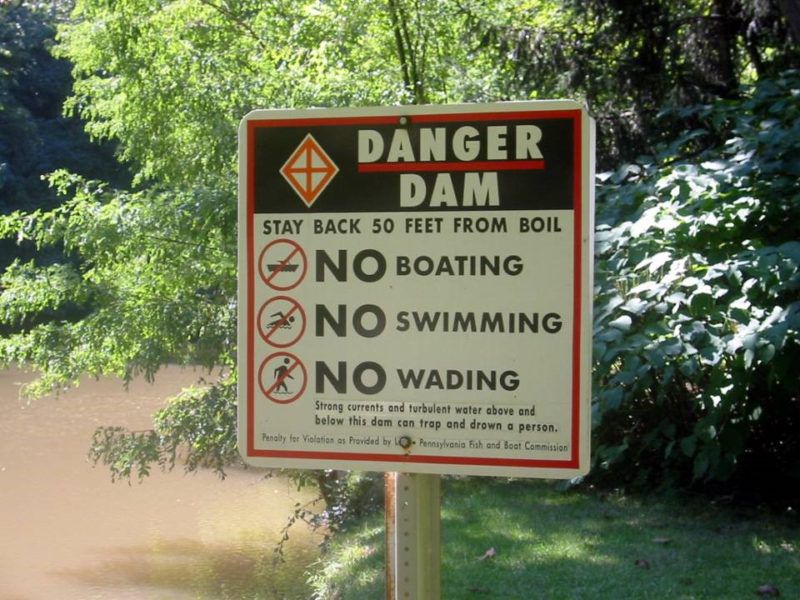
Always keep a safe distance from dams. To get around it, walk or portage over land to a safe area.
If you ever have an unfortunate encounter with a low-head dam and get caught in the recirculating current, first curl up in a ball.
Force yourself to the bottom, then swim downstream.
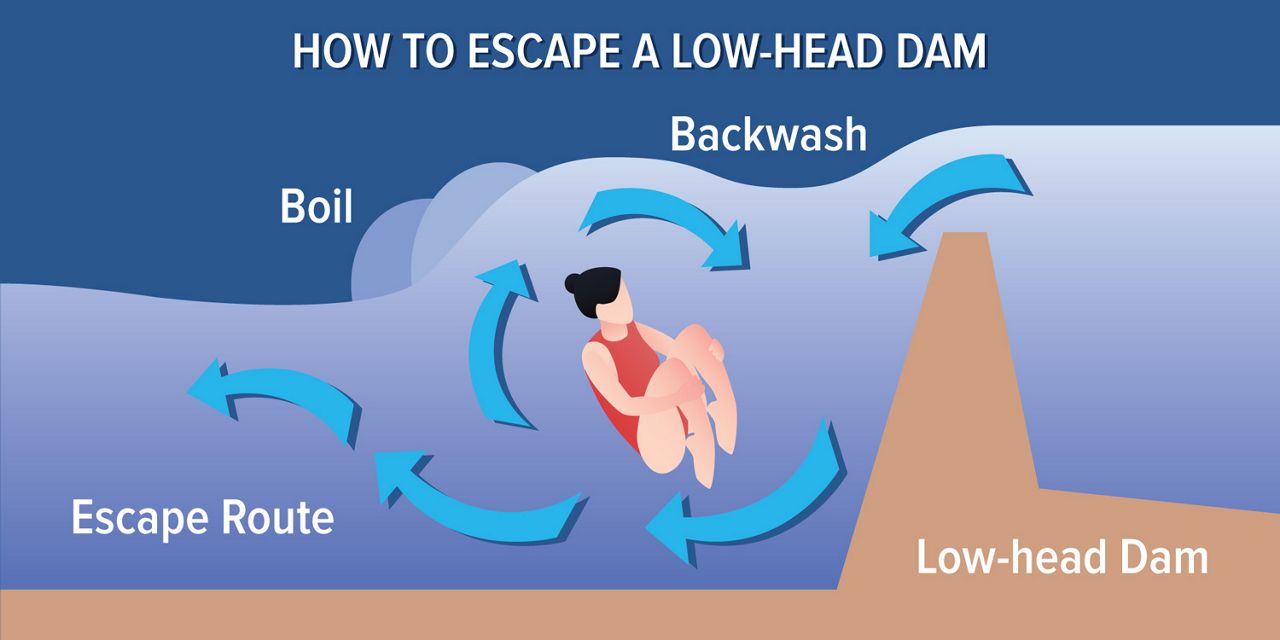
If you see someone else in trouble, never enter the water to help. Call 911, and throw in a rope or throw bag to assist the person out of the water if possible.




